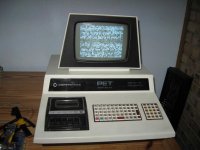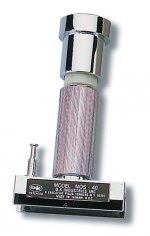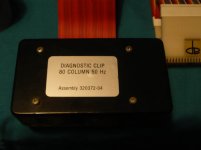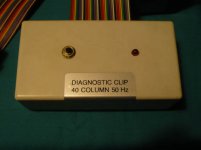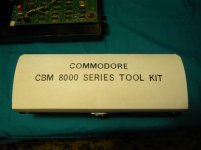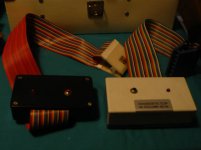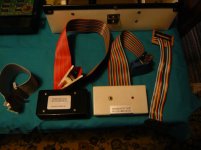harry
Experienced Member
Relax...
It kinda looks like your PET's going around in circles, i.e. a loop in the E space; any chance you could replace that UD7 ROM with the one from the other board (that's the one that's socketed, right?)
You just might be lucky after all.
I've just done exactly that Mike,......swapped the rom and checked p20 . but no difference? if this pin is chip select, I can't understand why the line is pulsing? ......Harry ( can I have AC on this line ?)


